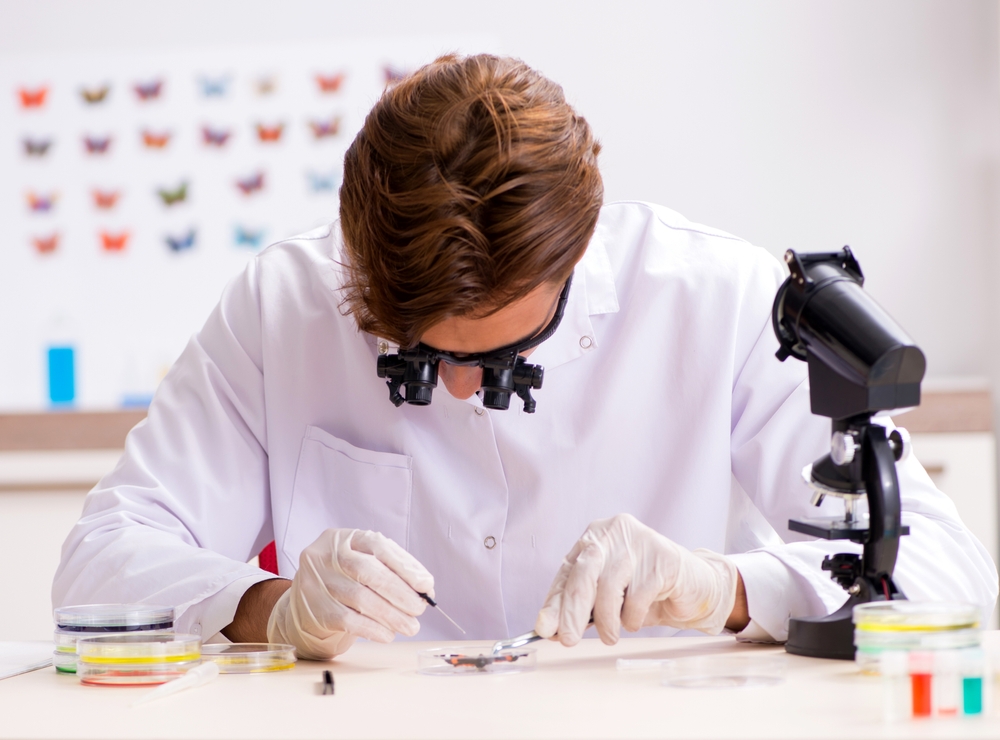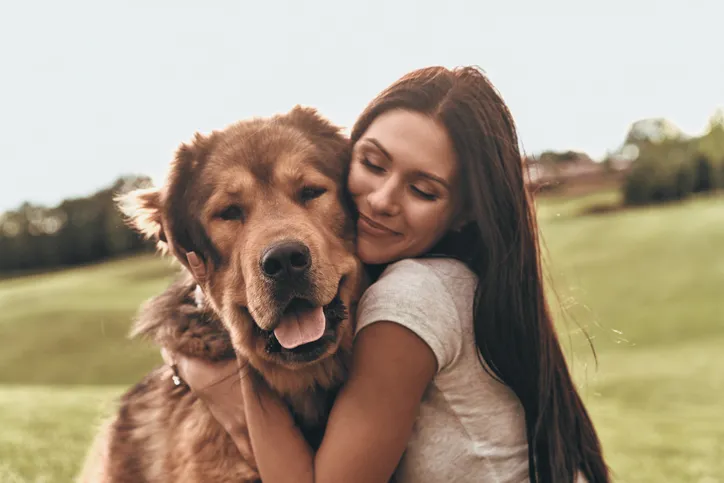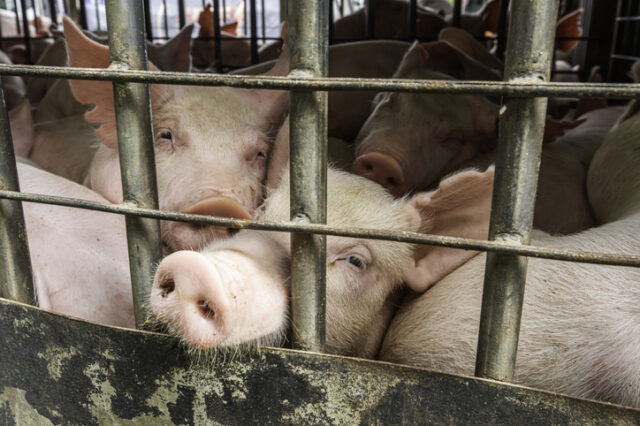For dog lovers, the idea of cloning a beloved pet has long been the stuff of science fiction. But thanks to incredible advances in biotechnology, cloning your dog is no longer just a dream—it’s a rapidly evolving reality. While it’s still controversial and expensive, science is advancing to make it more accessible.
1. Dolly the Sheep Proved It Could Be Done

The world’s first cloned mammal, Dolly the sheep, made headlines in 1996 and proved that cloning was scientifically possible. Scientists used a process called somatic cell nuclear transfer (SCNT), where they took DNA from an adult sheep and placed it into an egg cell. Dolly’s success sparked worldwide interest in cloning other animals, including dogs. While the process was far from perfect, it laid the foundation for cloning technology as we know it today.
2. South Korea Led the Way in Dog Cloning

In 2005, scientists in South Korea cloned the first dog, an Afghan Hound named Snuppy. This groundbreaking achievement demonstrated that cloning dogs was possible, but it was no small feat—dogs are notoriously difficult to clone due to their complex reproductive cycles. Snuppy’s birth marked a turning point in the cloning world and inspired further research. Today, South Korea remains a leader in pet cloning technologies.
3. Private Companies Now Offer Pet Cloning

Biotech companies like ViaGen Pets have made dog cloning commercially available, bringing this once-futuristic idea into the hands of everyday pet owners. These companies use the same SCNT process to clone pets, creating genetically identical replicas of the original animal. The service is becoming more widely known while the price tag remains steep—around $50,000 for a dog. For those who can afford it, cloning offers a chance to preserve a piece of their beloved pet forever.
4. Advances in DNA Preservation Make It Easier

One of the key breakthroughs in cloning is preserving your pet’s DNA for future use. Companies can collect and store DNA samples, even from deceased pets, if the cells are still viable. You can decide to clone years later without losing the genetic material. DNA banking has made cloning a more feasible option for sentimental pet owners.
5. Reproductive Science Has Improved Dramatically

Cloning dogs requires a deep understanding of canine reproduction, which has historically been a major challenge. Advances in reproductive technology, including improved egg harvesting and embryo implantation techniques, have significantly increased cloning success rates. These developments mean fewer attempts are needed to produce a healthy clone. This progress not only makes cloning more reliable but also reduces ethical concerns around failed embryos.
6. Stem Cell Research Plays a Vital Role

Stem cells are a cornerstone of cloning technology, as they can develop into any type of tissue or organ. Scientists have made huge strides in using stem cells to improve the cloning process, ensuring healthier and more viable embryos. Stem cell research has also opened the door to potential advancements like repairing genetic defects in cloned animals. This innovation promises better outcomes for cloned pets.
7. Clones Are Becoming Healthier Than Ever

Early clones often faced health problems like shortened lifespans or genetic defects, raising concerns about the ethics of cloning. However, improved techniques have led to healthier clones that live normal lifespans and exhibit fewer health issues. Today’s cloned dogs are almost indistinguishable from naturally bred dogs in terms of health and behavior. This progress has helped dispel some of the stigma surrounding cloning.
8. Scientists Are Refining Behavioral Replication

While a cloned dog is genetically identical to the original, behavior isn’t solely determined by DNA—it’s also shaped by environment and upbringing. Researchers are exploring ways to better replicate behavioral traits by studying the role of epigenetics, which influences how genes are expressed. This means future cloned pets might not just look like your old dog but could act more like them too.
9. Cloning Costs Are Slowly Decreasing

Although cloning is still expensive, technological advancements are gradually lowering the cost. Processes that once required dozens of attempts and expensive lab equipment are becoming more streamlined. As demand grows and techniques improve, prices are expected to drop, making cloning possible for more pet owners. This shift could make cloning less of a luxury and more of a mainstream option.
10. Ethical Concerns Are Sparking New Regulations

The rise of pet cloning has also led to important conversations about ethics and animal welfare. Critics argue that cloning can lead to the exploitation of surrogate animals or create unnecessary suffering. These concerns have prompted stricter regulations and ethical guidelines for cloning practices. By addressing these issues, the industry is becoming more transparent and responsible.
11. DNA Editing Could Enhance Cloning Results

With tools like CRISPR, scientists can now edit DNA with incredible precision, allowing them to correct genetic flaws in cloned animals. This means cloned dogs could potentially avoid hereditary diseases or even live longer, healthier lives. Combining cloning with DNA editing could lead to customized pets that are identical and improved. While controversial, this innovation has the potential to reshape the cloning landscape.
12. Scientists Are Learning from Livestock Cloning

The cloning of livestock, such as cows and pigs, has been a valuable testing ground for refining techniques. Lessons learned from cloning farm animals are now being applied to pets, improving efficiency and success rates. Livestock cloning has also highlighted how cloned animals can thrive in various environments. These insights are directly benefiting the future of dog cloning.
13. Cloning Techniques Are Becoming More Precise

New methods are being developed to make the cloning process more accurate and efficient. For example, advancements in nuclear transfer techniques have reduced the number of embryos needed to produce a successful clone. Precision in every step of the process means healthier, more viable clones. This refinement is bringing us closer to cloning perfection.
14. Cloning Isn’t Just for Dogs Anymore

While dogs are among the most popular animals to clone, other pets like cats and horses are also being cloned with increasing success. Expanding cloning to different species helps refine the science and broaden its applications. This research paves the way for even more breakthroughs, potentially allowing cloning of endangered or even extinct animals in the future.
15. Cloning Could Preserve Rare Breeds

One of the most exciting applications of cloning is the preservation of rare or endangered dog breeds. Cloning offers a way to maintain genetic diversity and prevent the extinction of unique breeds. It could even be used to revive ancient or extinct dog breeds in collaboration with conservation efforts. This possibility adds a new layer of importance to the science of cloning.
